- About us
- Support the Gallery
- Venue hire
- Publications
- Research library
- Organisation chart
- Employment
- Contact us
- Make a booking
- Onsite programs
- Online programs
- School visit information
- Learning resources
- Little Darlings
- Professional learning
Irish tragedian Gustavus Vaughan Brooke (1818–1866) was known internationally in the mid-nineteenth century for his performances in Shakespearean roles. He gave his first major performance, aged 14, in his native Dublin and followed up with tours of the English provinces. He played Othello to great acclaim in London in 1848, thereafter taking the role to Broadway and embarking on a three-year tour across America. Engaged by entrepreneur George Coppin to tour the Australian colonies, Brooke arrived in Melbourne in early 1855 and – again as Othello – met with rapturous praise. Celebrated for his commanding figure and sonorous voice, Brooke’s popularity with Australian audiences grew as he widened his repertoire, taking turns as Hamlet, Macbeth, Richard III, Shylock, Iago and Romeo in Melbourne, Geelong, Sydney, Adelaide and Hobart. His penchant for the bottle, however, combined with failed investments, led to his decline. In 1861, following instances of on-stage drunkenness, Brooke returned to England, where his histrionic style was criticised as outdated and stereotypical, a mere ‘mechanical reproduction of his earlier expression of genuine feeling’. Coppin nevertheless engaged him for another two-year tour of Australia, and he embarked on the London for Melbourne in February 1866. The vessel sank six days after leaving Plymouth, with a loss of 220 lives. Brooke was said to have helped others into lifeboats but stayed behind as they rowed away, calling ‘Give my last farewell to the people of Melbourne’. His death caused genuine grief for Australian theatregoers even as it spared them seeing the extent to which he had waned. ‘His memory will be inseparately associated with the foundation of Australian stage, and the first true appreciation of the beauties of the ‘World’s Poet’ in this hemisphere.’
Burman was the surname of a family of photographers operating in Victoria from the 1860s until the turn of the century. The patriarch, William Insull Burman (1815–1890) came to Victoria in the 1850s and worked as a builder and a painter and decorator before starting out as an itinerant photographer around 1863. By 1865 he had returned to Melbourne, working with his son Frederick Charles Burman (1841–1927) in Gertrude Street, Fitzroy. Studios in Prahran and Carlton and at a number of addresses at the theatre-end of Bourke Street in the city followed. Another of William’s sons, Arthur William Burman (1851–1915) went into photography in the 1870s. Other family members – one of William Insull’s’s daughters, a son-in-law and a nephew, as well as William Burman junior, for example – were involved in the business at various times, such that it can be difficult to determine the exact authorship of many Burman photographs.
Collection: National Portrait Gallery
Purchased 2010



On one level The Companion talks about the most famous and frontline Australians, but on another it tells us about ourselves.
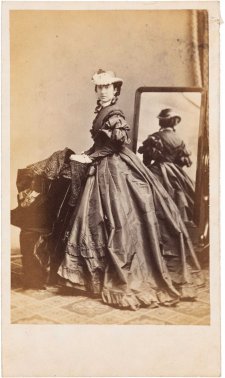
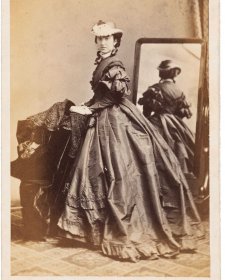
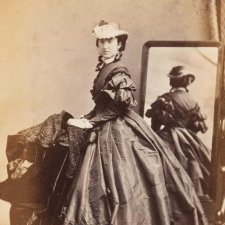
Drawn from the NPG’s burgeoning collection of cartes de visite, Carte-o-mania! celebrates the wit, style and substance of the pocket-sized portraits that were taken and collected like crazy in post-goldrush Australia.
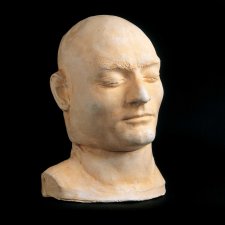
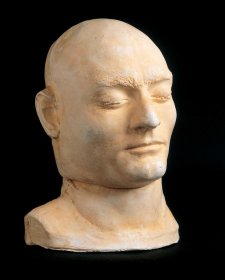
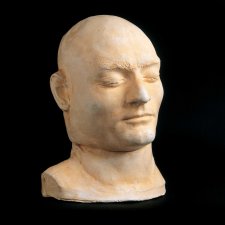
Death masks, post-mortem drawings and other spooky and disquieting portraits... Come and see how portraits of infamous Australians were used in the 19th century.